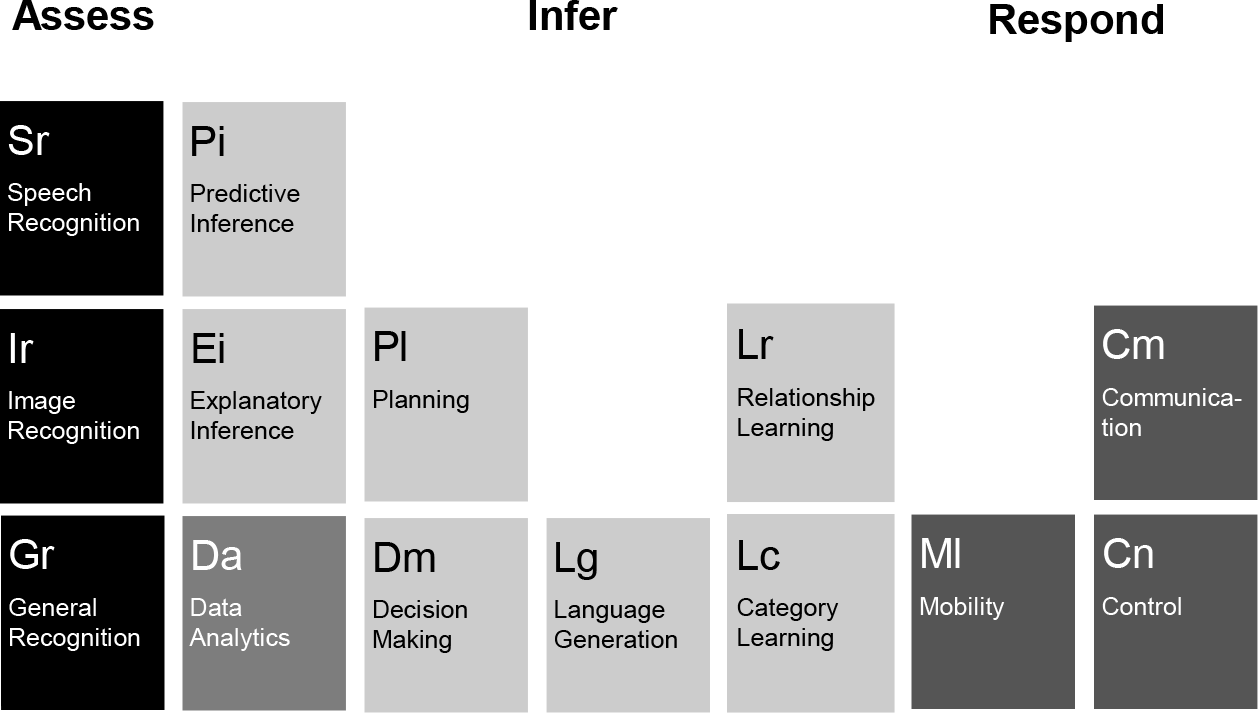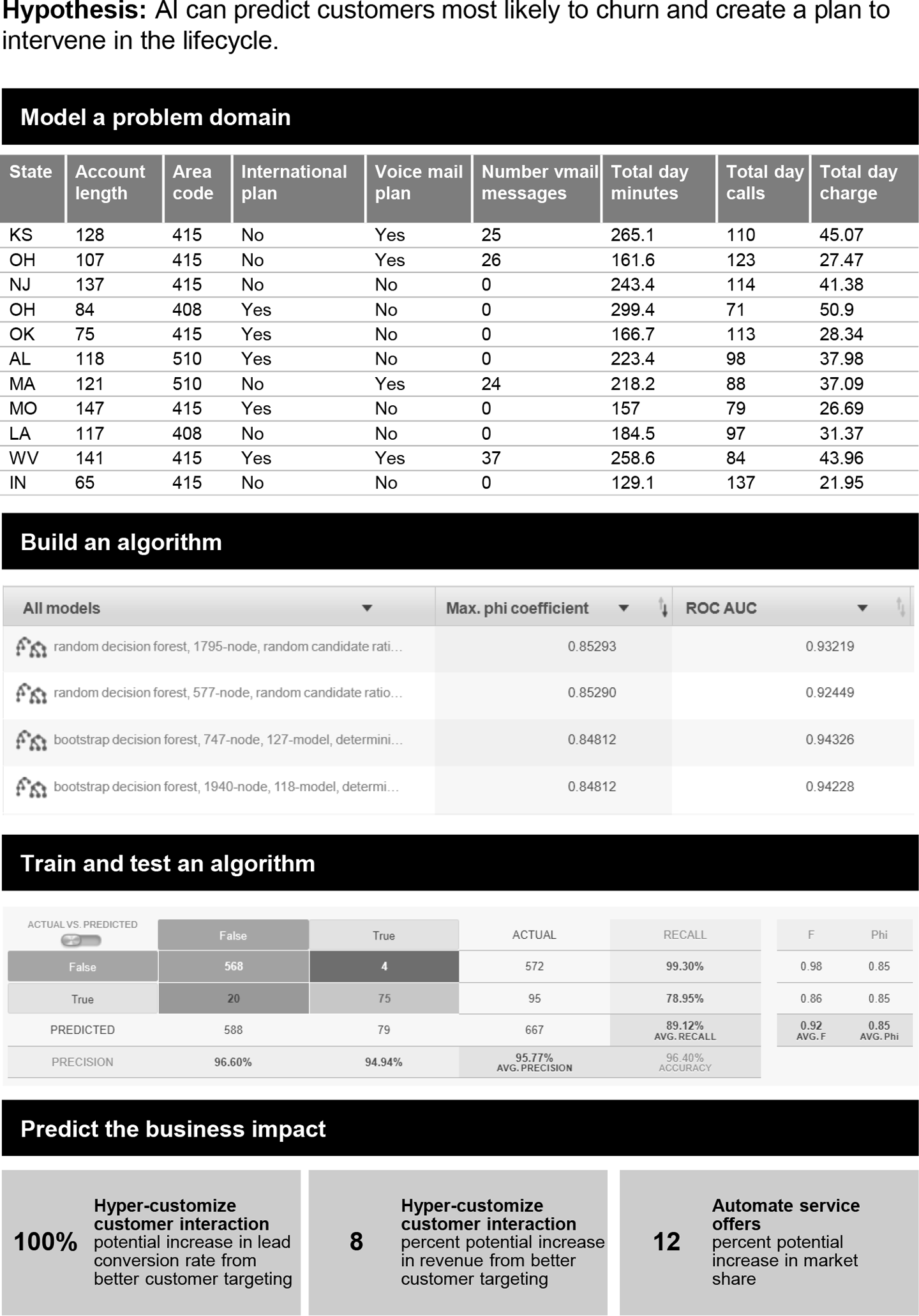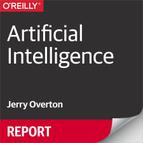Chapter 5. The Simplest Way to Build an Artificial Intelligence
I will avoid the details of how to build a proof-of-concept from a particular algorithm. That kind of information is already abundant. If you do a web search on the kind of algorithm you want to tinker with and select a tool, you’ll need only to follow the tutorial. Instead, we cover the more difficult-to-find best practices for building a process for running AI that has the best chance for a long life and widespread use.
Treat Your AI as an Experiment
The simplest way to build an AI application is to follow the scientific method: form a hypothesis; model the problem domain; build, train, and test the algorithm; predict the business impact; and monitor the results. Decide on the minimum functionality you need to deliver business value. Gather just enough data to model the business domain and run an experiment.
The simplest way to decide what to build is to choose the minimum set of technologies needed to tell the target AI data story. In every story, the AI application will need to assess input, make an inference, and emit a response. We can organize the universe of AI technologies based on the assess-infer-respond taxonomy and choose an appropriate technology from each category. To design an AI that helps customer service agents serve live wireless customers, you may choose speech recognition to monitor the call, predictive inference to determine the customer’s intent, and automation controls to adjust services to better serve the customer.
The periodic table in Figure 5-1 treats AI like the building blocks of an intelligent application. The focus is on the function of the AI rather than the technology. Building an intelligent application means selecting a set of building blocks that, together, can assess, infer, and respond. Assess elements characterize input from the external world. Infer elements generate new insight. Respond elements act on those insights.

Figure 5-1. The periodic table of AI (image adapted and based on IBM’s report “The Periodic Table of AI”)
Did the Experiment Work?
If we decide that AI can help troubled wireless customers, we need to start with data on customer attributes and behavior—things like how many times customers called into the help desk or how many minutes they used last month. We then need an algorithm (like a churn decision tree) that produces an intelligent response. Finally, we need to monitor the results. Does using the AI have a measurable impact on customer satisfaction or churn?
Figure 5-2 shows the stages of the assess-infer-respond taxonomy for our sample wireless customer application.

